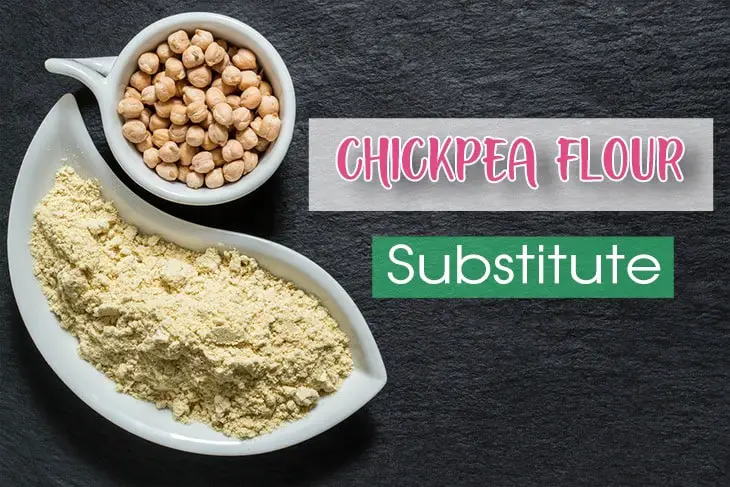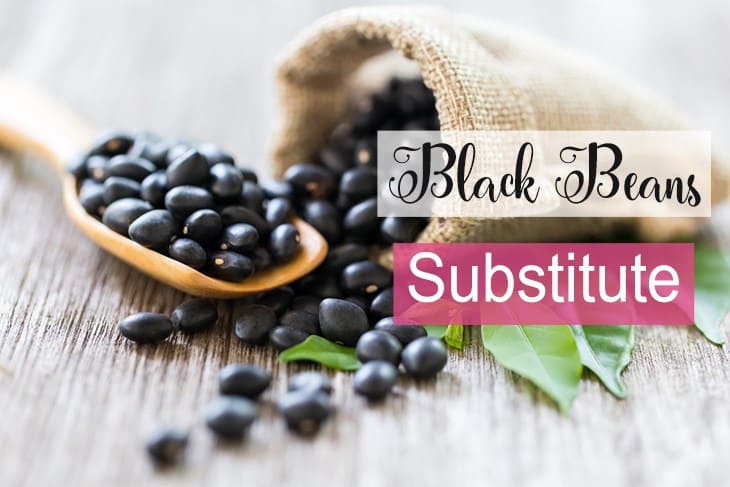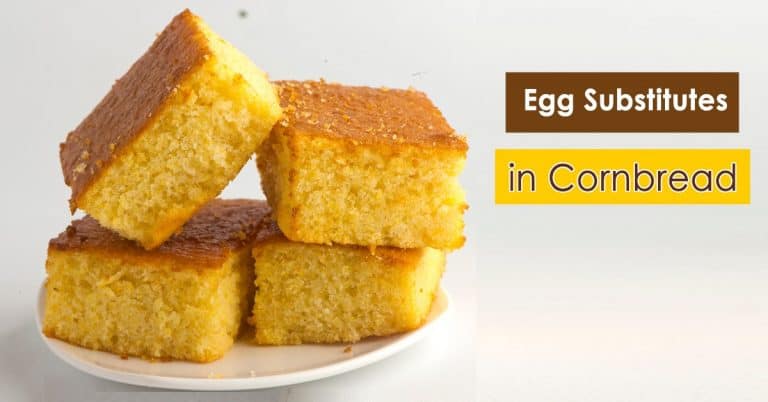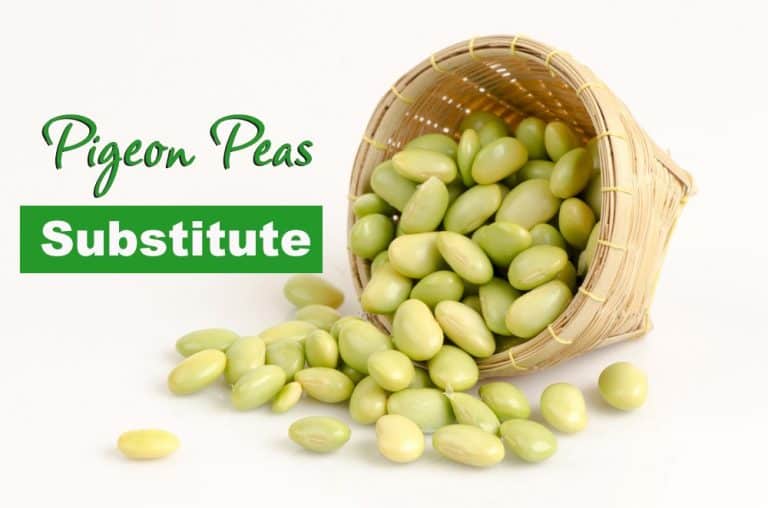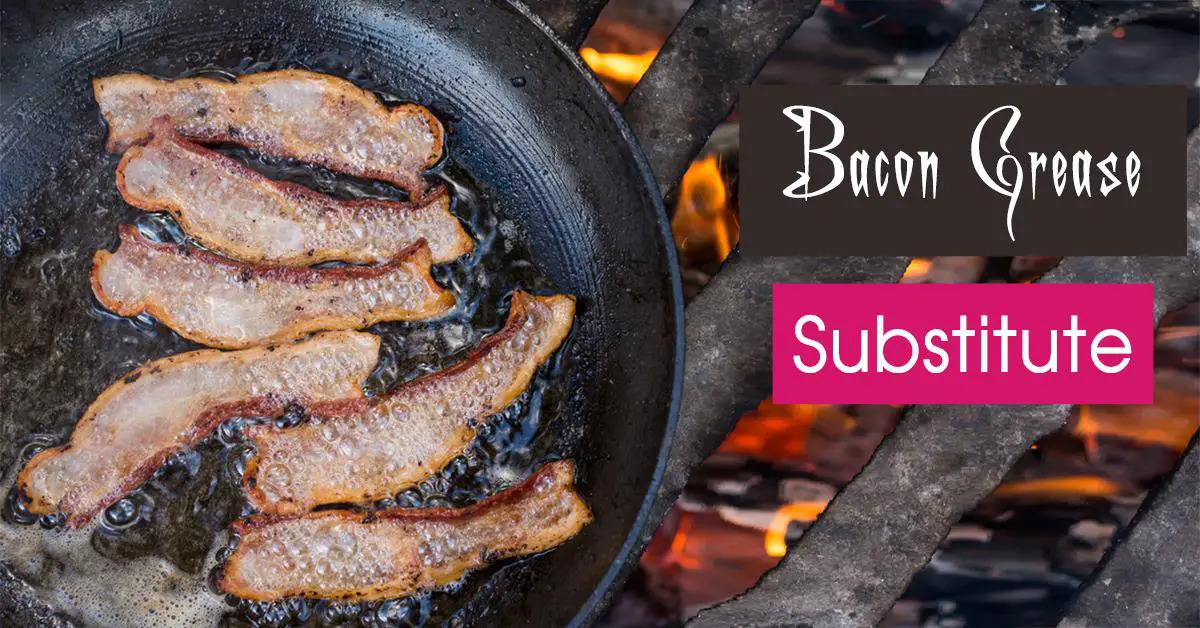
There’s no doubt that bacon grease is flavorful and just absolutely good. However, it is associated with some disadvantages. Not only being high in cholesterol and saturated fat, but it is also expensive and not eco-friendly enough for frequent use.
Of course, we’re not suggesting giving up bacon for good, because consuming it once in a while should be acceptable.
Meanwhile, this post will share some great substitutes for bacon grease that you may not know yet. So continue reading to get hold of our all 7 best-recommended replacements!
Substitute For Bacon Grease: 7 Alternative Ingredients
1. Chicken Skin Grease
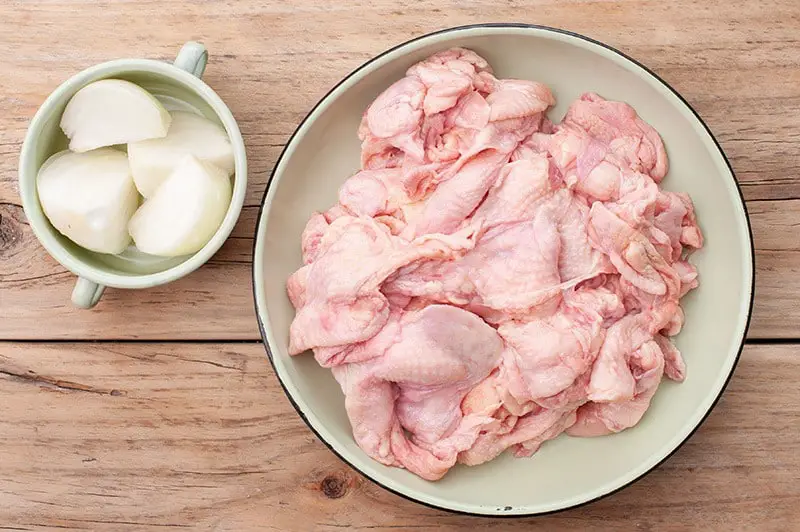
In place of bacon grease, chicken skin grease is an excellent substitute! It has the same versatile qualities as bacon grease, which may add a great flavor to your recipe.
Chicken oil is also healthier because it has lower saturated fat and cholesterol. You can use chicken oil for everything from pancakes to pasta and even rice pilaf!
In short, chicken skin may not be bacon, but it’s a great substitute if you’re looking for some flavor without adding too many calories or cholesterol.
Good chicken oil can be made quickly and used for practically anything. You can use it to top, to saute, and so much more. As well, it’s aromatic and flavorful.
In addition, you can save the grease from the chicken skin to use later. For example, you can use it to sauté for stir-fried dishes.
One of the most important things you can do for your health and cut back on your household costs is making your chicken grease. In a large bowl, stir together 1/2 cup vegetable oil and 2 cups chicken skin. Please put it in a heavy skillet (cast iron is best) and heat over medium-low until the fat comes out.
You will know when it’s finished because the tiny bubbles will have turned into bigger ones. Let it render a bit so that the skin will crisp up, then you remove the heat and let it sit for 10 minutes to cool.
2. Beef Fat
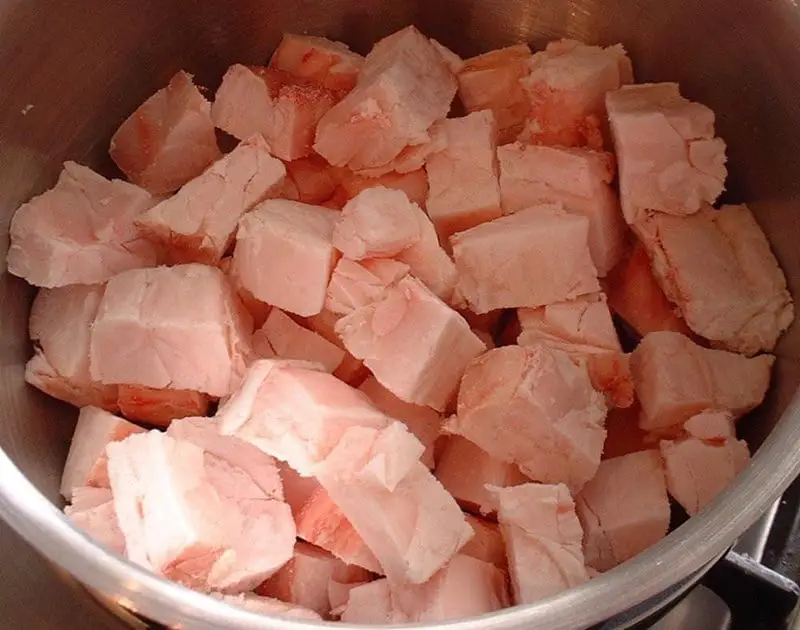
Beef fat is an excellent substitute for bacon grease. It is better for frying and can work as a substitute in any recipe that calls for bacon. Also, beef fat is perfect because it has a higher smoke point than olive oil while still maintaining a desirable flavor.
Using beef fat in recipes is a great way to use the excess fat from your roasts and steaks. When cooking your steak, make sure that you do not burn the spices and the steak so that your gravy won’t taste bitter. It can work in just about any recipe, but it is excellent in baked goods.
As an alternative like chicken oil, beef fat can be used in the same way. Fat from beef can be pan-fried, and the grease will come out. You will have beef-flavored oil now that you can use for toppings for rice, noodles, and pasta.
Moreover, you can find beef fat at most supermarkets, and you can often get it as an add-on item at the butcher or meat department. Look for a type of beef called “tallow,” which contains only the liquid part of the animal’s fat.
Making homemade beef fat is an easy way to add lean protein and protect against heart disease. The process is also low-cost and much less wasteful than what you might find at your local supermarket.
Beef fat should be kept in a sealed container in the fridge for up to 3 weeks. If you can’t use it all up in that time, freeze it for later use, but make sure the fat doesn’t thaw.
3. Lard
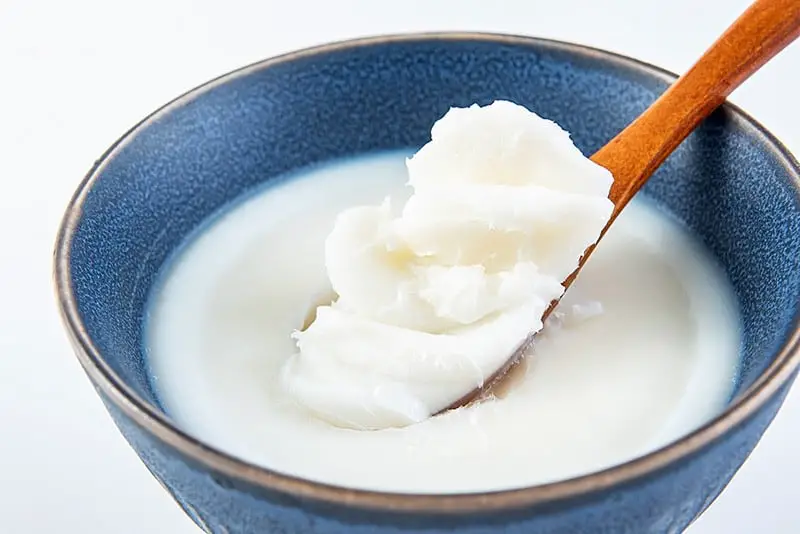
Lard is a white or yellow greasy substance made from animal fat. It can be rendered and then purified in a process similar to making butter. Its flavor is usually described as sweeter and lighter than shortening or margarine.
You all know that bacon grease is a crucial ingredient in many classic recipes and can be used in place of oil or butter. Bacon grease is so versatile because it contains a high amount of saturated fat, making it solid at room temperature.
Lard, on the other hand, has a much lower ratio of saturated to unsaturated fats. This means it’s liquid at room temperature and can easily be substituted into cooking recipes where bacon grease would typically be used.
It might sound like an unappealing choice to some, but lard has less cholesterol than butter or margarine stick. In addition to that, lard has no sugar or sodium.
Lard offers rich flavors that are difficult to replicate with other cooking oils. In some cultures, lard was consumed by dipping bread or spreading it on top of the bread before swallowing it.
In an airtight container or jar, lard can be preserved at room temperature. It can also be frozen for up to one year. We recommend freezing in 1/2 pint or pint-sized jars.
To prevent freezer burn, wrap the jars in plastic wrap or aluminum foil. Before using frozen lard, it must be thawed overnight in the refrigerator. The shelf life of lard can be significantly extended if it is stored at cold temperatures.
4. Butter
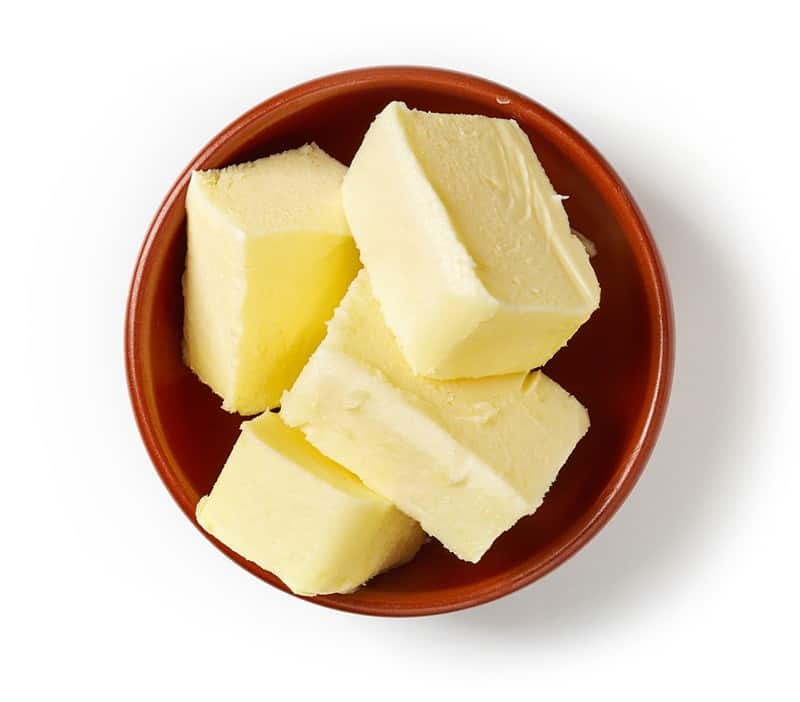
Butter is less greasy than bacon grease, but it also makes everything taste more like butter.
Butter has a more complex flavor than just bacon grease. It creates a nice crisp crust and roasted flavor in baked goods. Also, bacon grease is unhealthy for you (due to high cholesterol levels) while butter is not, so it’s healthier.
The process of extracting butter is quite similar to that of extracting lard. Although it seems as though they have opposite physical appearances, the texture of the butter is softer than that of lard. Besides being sweeter tasting, it also has a stronger fragrance, which is excellent for baking and dessert.
It is still possible to use butter in baked goods for people on low-fat diets, but they should cut the amount by half to compensate for the reduced fat intake.
Butter is available in all grocery stores these days, so you can almost always find plant-based versions. Butter is always a healthy food without compromising your health or diet. It’s no longer necessary to use bacon grease.
5. Olive Oil
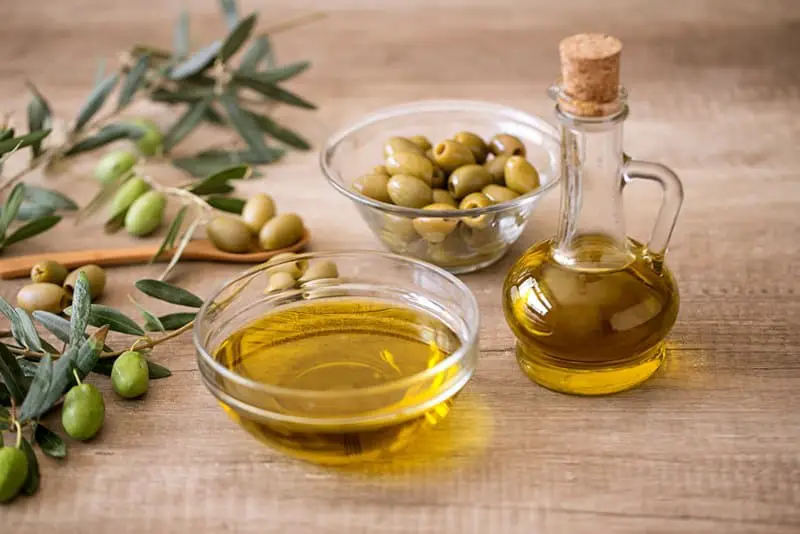
Whenever possible, give up bacon grease if you’re planning to go vegan. Healthy dishes don’t have to be afraid of cholesterol or trans fats when prepared with olive oil. Authentic Italian cuisine uses olive oil in all its dishes, so you will never have to worry about using it if you enjoy Italian food.
When it comes to olive oil, always read your label. The healthier ones are cold-pressed, and you can get them at Trader Joe’s. Olive oil is fat-free and has a high smoke point so that you can use it for cooking.
Olive oil has a lighter aroma than other types of oil. Therefore, when you add spices or meat, olive oil will complement your dish well, especially when adding spices. In addition, the mixture can be used directly as a salad dressing, a dip, or a topping for various foods.
Some people may not like the taste of olive oil, but if you learn to appreciate the subtle nuances of the oil, you’ll be able to judge when it is suitable for your dish.
6. Peanut Oil
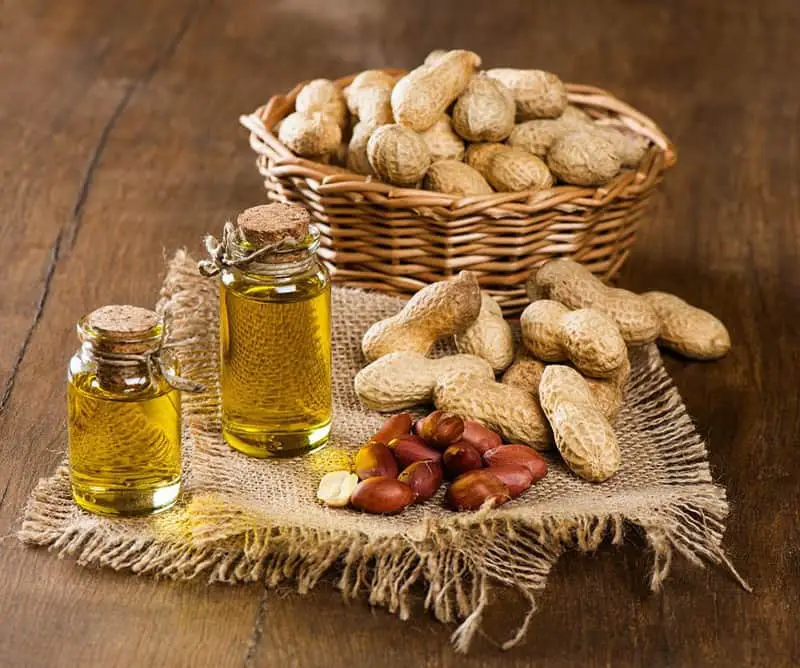
Peanut oil is a type of oil obtained from the kernel of peanut seeds and can also substitute for bacon grease if you prefer more flavor. The nutty flavor and highly aromatic aroma will eventually make you addicted to it.
Peanut oil is the best choice among nut oils for cooking because it is a relatively healthy option. It contains less than 4% saturated fats, less than 55% monounsaturated fats, and about 40% polyunsaturated fat. In addition, about 15% of its content consists of medium-chain fatty acids.
Peanut oil is not suitable for baking because this oil is a high-temperature oil. You should be familiar with its properties before using it, as it has the same volatility as vegetable shortening. It can become burnt, smoking, and scorching in direct contact with high heat.
As a substitute for baking healthy treats, it’s ideal for marinades and dips. Making peanut oil from scratch at home is possible if you have the time. On the Internet, you can find many recipes and techniques.
The best way to preserve peanut oil is by storing it in a cool dark place. You can also keep it in the refrigerator or freezer to ensure the best preservation. However, if you store the container of peanut oil in a cold spot, use it within 3-6 months or before the expiration date printed on the bottle.
Additionally, you always want to check for any changes or irregularities of appearance and smell before using so that you can dispose of anything contaminated or spoiled.
7. Sesame Oil
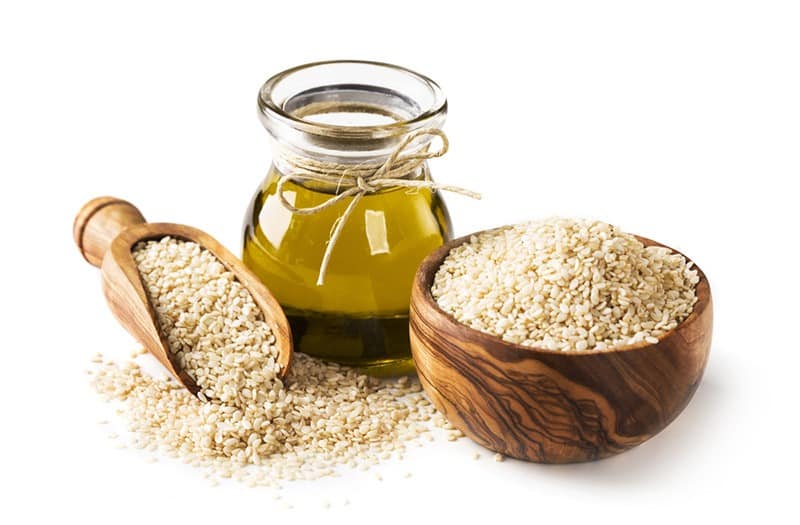
Sesame oil is last but certainly not least. Compared to bacon grease, sesame oil can be treated in the same way. It’s common for some of us to top just about anything with bacon grease. Healthy options, like sesame oil, can be found here. There is pretty much nothing sesame oil cannot be used for Asian cooking.
This versatile substitute can be used for everything from sauces to marinades to soups to stews to noodles, rice toppings, and even desserts. As well as being aromatic, it is also flavorful.
In terms of the quantity of sesame oil stored for a long time, this can indeed vary. If stored in a cool and dry place at temperatures between 32-46 degrees Fahrenheit, they will keep for four to five years.
In addition, it should last even longer if it was correctly sealed before being put away in the containers.
Maybe You Should Know Some Substitute For Vegetable Oil In Waffles
Frequently Asked Questions
Is Bacon Grease Safe To Leave Out?
It’s not a good idea to leave bacon grease out for more than an hour. If you store bacon in the fridge, it’s a good idea to put a layer of plastic wrap or wax paper around the grease tray so it doesn’t leak.
You should avoid letting it come into contact with any other contaminants. It is essential to keep it cool and dry so that it can be stored right away.
In Cornbread, How Can I Replace Bacon Grease?
There are lots of options for substituting bacon grease in a recipe as cornbread. For example, if you don’t have bacon grease on hand, you can use the fat from butter or olive oil instead. However, if that doesn’t work or would be too expensive to buy, you can use vegetable oil.
Can Bacon Grease Be Stored For A Long Time?
When stored properly, it can last for about six months. The refrigerator is the best place to store bacon grease, but you can store it in a dark cupboard if you don’t have much space left in the fridge. You should keep the fat covered to avoid any unwanted odors or flavors.
You can also keep bacon grease in a jar with a lid and freeze it. Then, when you want some, thaw and reuse the bacon grease that has been frozen.
What Can I Use Bacon Grease For?
Bacon grease is the fat rendered from cooking a bacon strip or slab. You can drain it off and reuse it for sautéing vegetables, eggs, or anything else! Bacon grease is also used as a base for many sauces. It’s perfect if you’re cooking with olive oil because the bacon flavor will intensify your dish.
You can use it instead of fat to fry things, such as French fries. But don’t use it for sausages or meatloaf because the unusual taste may cause you uncomfortable.
Conclusion
All in all, there are many worth-noting substitutes for bacon grease, which may be equally good in certain situations. So if you’re about to make some homemade (and maybe healthier) french fries, consider choosing one from our above list. We hope this article has provided you with some valuable knowledge and tips on finding a bacon grease alternative that tailors perfectly to your taste.
Related Posts:
- 10 Effective Salt Pork Substitutes – Try These
- 7 Best Pork Belly Substitutes For Your BBQ Party
- Best 15 Cayenne Pepper Substitute Options For Your Dishes

